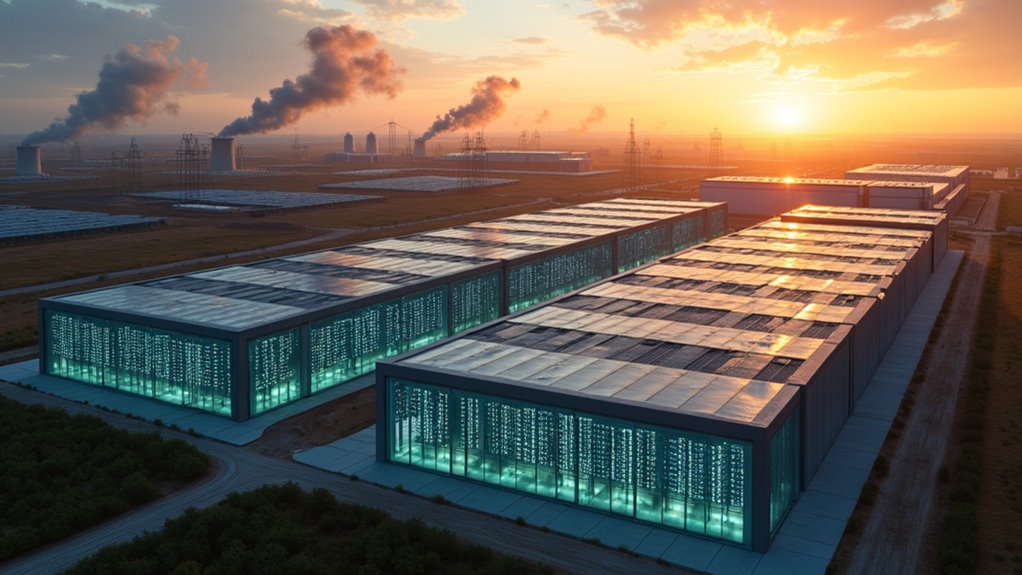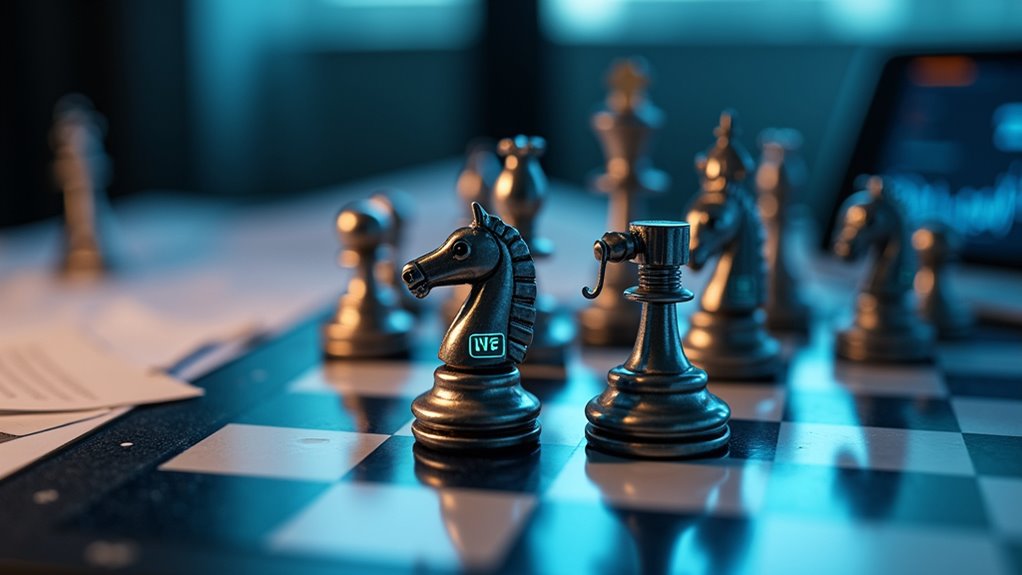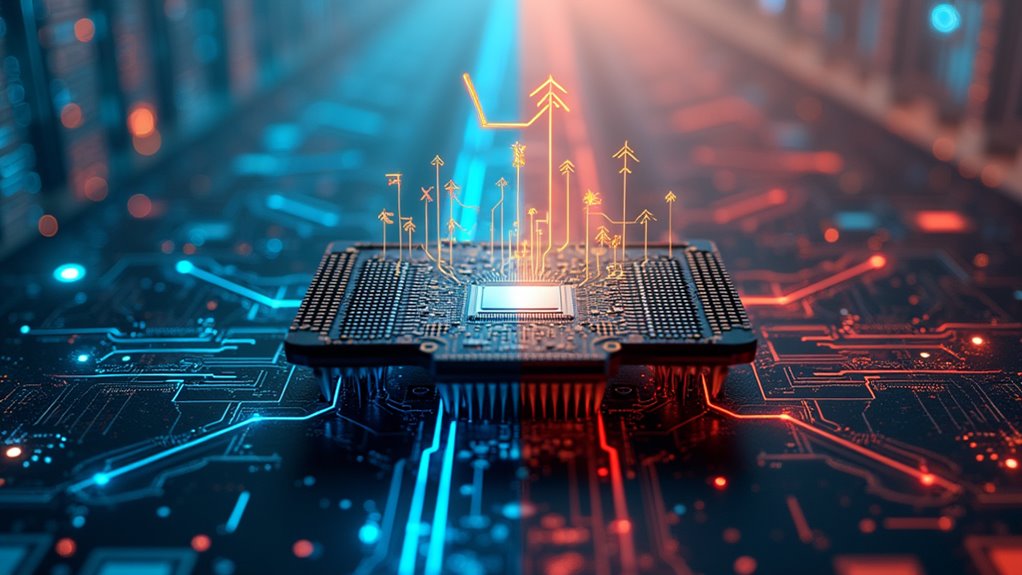Oracle isn’t just dipping its toes into the AI waters—they’re cannonballing with a $40 billion commitment to buy 400,000 Nvidia GB200 chips and build a super-sized data center campus in Texas. Picture eight massive buildings, enough power for a small city, and a 15-year lease—all to chase AI glory and keep Amazon, Microsoft, and Google on their toes. Financial giants like JPMorgan and Blue Owl are in too. Want to know just how big this gamble really is?
The chips aren’t just for Oracle‘s own amusement. OpenAI, the folks behind ChatGPT, are lined up to lease these gleaming processors. The logic is simple: more chips, more AI muscle, more market dominance. It’s one of the largest single chip buys ever, and, in classic Oracle fashion, it’s a direct shot at cloud giants like Microsoft, Amazon, and Google. Game on.
Let’s do a quick reality check with some specs:
- 400,000 Nvidia GB200 chips headed to Texas
- 1.2 gigawatts of computing capacity planned—enough juice to power a small city (or, say, a legion of robot assistants)
- Eight buildings under construction, ready by mid-2026
- Notably, JPMorgan is providing most of the debt financing, with $9.6 billion committed to push this project forward.
- This Abilene site will host one of the world’s most powerful data centers, making Texas a new epicenter for AI infrastructure.
Backing this moonshot are Crusoe and Blue Owl Capital, who’ve raised $15 billion—no small feat. Oracle, meanwhile, has locked in a 15-year lease, ensuring nobody pulls the plug on their AI ambitions anytime soon.
And with Oracle Cloud Infrastructure revenues up 49% and total cloud haul hitting $6.2 billion, it seems the market is ready for this kind of scale. Similar to how BlueWillow AI democratizes art creation, this massive investment aims to make advanced AI processing more accessible to businesses.
Is this a bet-the-company moment? Maybe not, but it’s certainly a bet-the-decade play. As AI becomes the new arms race for Big Tech, Oracle is clearly determined not to be left behind. Only time—and a few million teraflops—will tell if this massive wager pays off.









